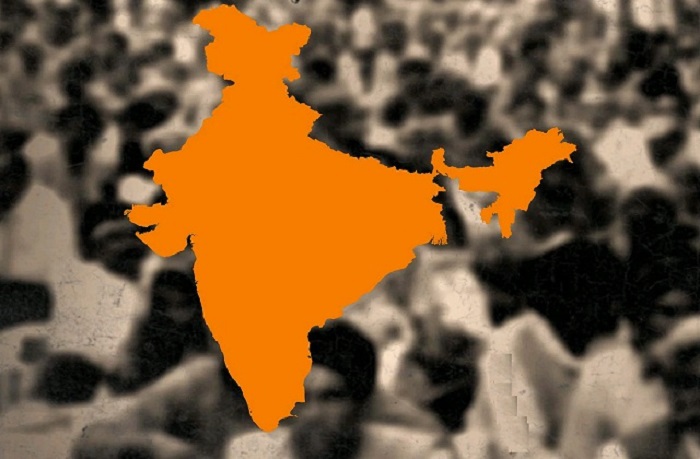SR Darapuri, National President, All India Peoples Front

(Asian independent) If India were to become a Hindu Rashtra—a state explicitly defined by Hindu nationalist principles—the impact on Dalits (historically marginalized communities within the Hindu caste system, often referred to as “Scheduled Castes”) would depend on how such a transformation is implemented and the policies that follow. Let us break this down based on historical context, current socio-political dynamics, and potential outcomes.
Dalits have long faced systemic discrimination under the caste hierarchy, which is rooted in traditional Hindu social structures. A Hindu Rashtra could, in theory, either reinforce or challenge this hierarchy, depending on the interpretation of Hinduism that dominates. Historically, upper-caste dominance has marginalized Dalits, denying them equal access to resources, education, and social mobility. If a Hindu Rashtra strengthens orthodox interpretations of Hindu texts—like the Manusmriti, which justifies caste-based discrimination—Dalits could face intensified exclusion, with legal and social systems potentially institutionalizing their subordination.
On the flip side, some Hindu nationalist voices, including factions within the Rashtriya Swayamsevak Sangh (RSS) and its affiliates, claim to advocate for a unified Hindu identity that transcends caste. In practice, this rhetoric has had mixed results. Programs like “samajik samrasta” (social harmony) aim to integrate Dalits into a broader Hindu fold, but critics argue this often amounts to assimilation without dismantling caste privilege. If a Hindu Rashtra prioritizes this approach, Dalits might gain symbolic inclusion—temple entry, participation in rituals—but substantive equality (land rights, economic power, political representation) could remain elusive.
Data from recent decades offers clues. The 2011 Census pegged Scheduled Castes at 16.6% of India’s population (over 200 million people). Despite constitutional safeguards like reservations, Dalits still face disproportionate poverty (NSSO data shows higher rural poverty rates among SCs) and violence (NCRB 2021 reported over 50,000 crimes against SCs). A Hindu Rashtra might amplify these issues if governance shifts toward majoritarian priorities, sidelining secular protections. For instance, if affirmative action is weakened under a “Hindu unity” pretext, Dalits could lose critical mechanisms for upliftment.
Politically, Dalits have leveraged their numbers through parties like the Bahujan Samaj Party (BSP) and leaders like Mayawati. A Hindu Rashtra might curb such autonomy if it consolidates power under a singular ideological banner, potentially alienating Dalit movements that draw from Ambedkarite ideology—secular, anti-caste, and skeptical of Hindu orthodoxy. Conversely, co-optation is possible: BJP, the leading Hindu nationalist party, has made inroads among Dalits (winning 24% of SC votes in 2019, per Lokniti-CSDS), offering a mix of welfare schemes and Hindu identity. A Hindu Rashtra could double down on this, trading material benefits for political loyalty.
Socially, the impact hinges on enforcement. If laws reflect upper-caste norms—say, restricting inter-caste marriage or labor mobility—Dalits could face heightened oppression. Violence might rise too; cow protection vigilantism has already disproportionately targeted Dalits and Muslims. Yet, if the state pushes a reformist Hinduism (unlikely but possible), it could challenge caste norms, though historical precedent suggests entrenched elites rarely cede power voluntarily.
In short, Dalits could face a spectrum of outcomes: from deeper marginalization under a rigid, caste-reinforcing Hindu Rashtra to limited gains under a paternalistic, assimilationist one. The reality would likely blend both—symbolic gestures masking structural inequality—unless a radical reimagining of Hindu identity upends centuries of precedent. What do you think about this tension between ideology and lived experience?








